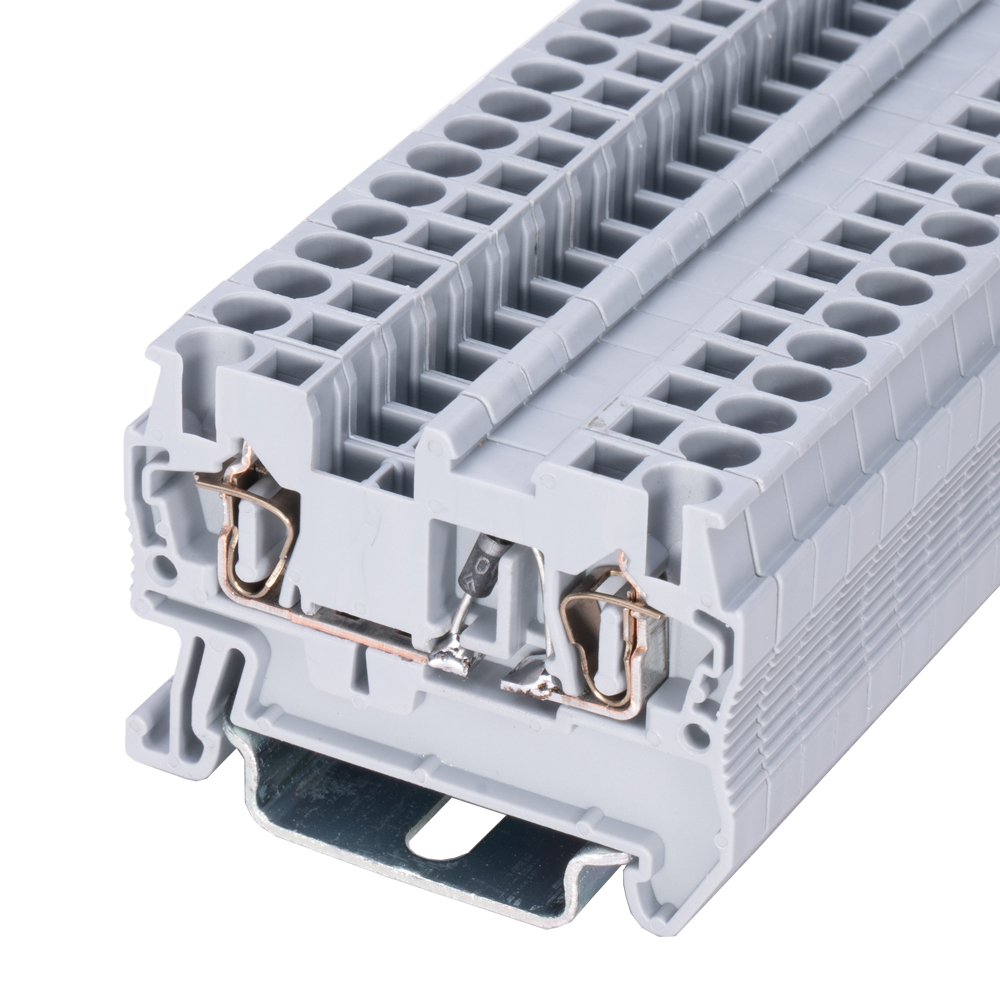A diode is a fundamental electronic component used for controlling the direction of current flow, functioning as a one-way conductor. It finds widespread application in electronic circuits, often requiring connection to the circuit to fulfill specific functions. Diode terminal connections are crucial parts for connecting diodes to circuits, ensuring proper connection for the circuit to function correctly.
Types of Terminal Connections
Diode terminal connections typically come in two types: anode (positive) and cathode (negative). In a standard diode, the anode is the terminal of the P-type semiconductor, while the cathode is the terminal of the N-type semiconductor. Properly connecting a diode to a circuit involves connecting the diode’s anode to the positive terminal of the power source and the cathode to the negative terminal of the power source.
Connection Method
Connecting a diode is relatively straightforward but requires attention to polarity. Generally, diodes are marked to indicate their polarity. For example, a terminal marked with a line typically represents the cathode, while an unmarked terminal is the anode. When connecting a diode, ensure that the anode is connected to the positive terminal of the circuit, while the cathode is connected to the negative terminal of the circuit.
Utility
Proper connection of diode terminal connections is crucial for the functionality and performance of the circuit. Incorrect connections may lead to circuit failure or unexpected results. Therefore, when connecting diodes, it is essential to be careful and ensure correct polarity connections.
Conclusion
Diode terminal connections are critical for connecting diodes to circuits, and proper connection is an important step in ensuring the circuit operates correctly. By correctly connecting diodes, it is possible to effectively control the direction of current flow, enabling various electronic devices’ functionalities.

Post time: May-06-2024
